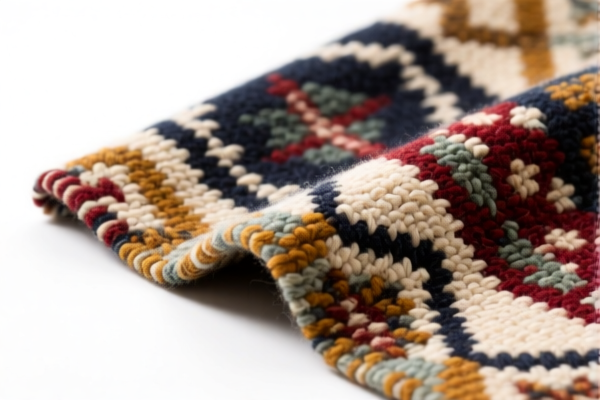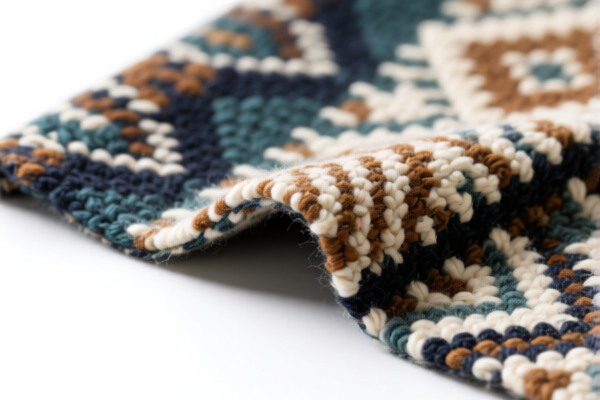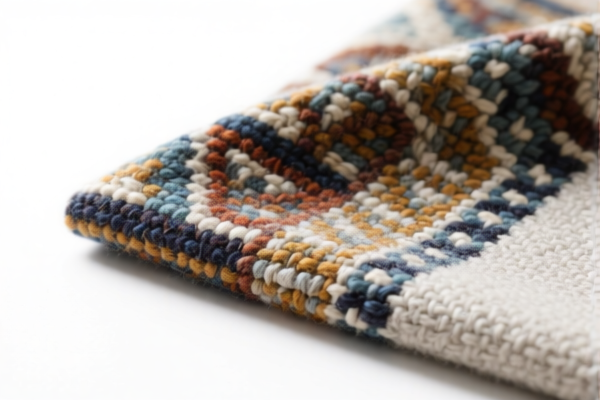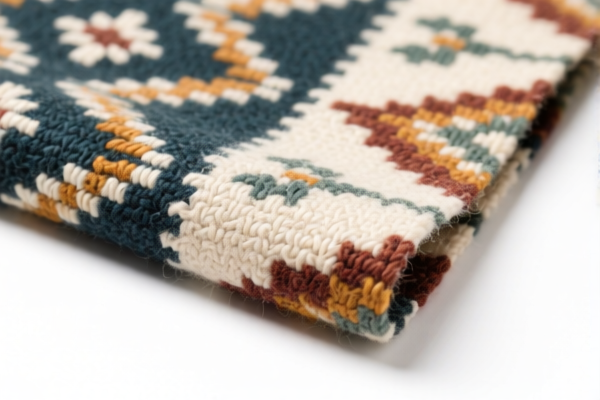| HS Code | Official Doc | Tariff Rate | Origin | Destination | Effective Date |
|---|---|---|---|---|---|
| 5112302000 | Doc | 62.0% | CN | US | 2025-05-12 |
| 5111301000 | Doc | 62.0% | CN | US | 2025-05-12 |




Product Classification: Low GSM Wool Blended Tapestry Fabric
HS CODE: 5112302000 or 5111301000 (depending on specific fabric type and processing)
🔍 Classification Overview
- HS CODE 5112302000
- Description: Low GSM (grams per square meter) wool blended tapestry fabric
-
Tariff Summary: 62.0% total tax rate
-
HS CODE 5111301000
- Description: Lightweight, finely woven wool blended tapestry fabric
- Tariff Summary: 62.0% total tax rate
Both classifications fall under Chapter 51 (Wool, animal hair, and manufactures thereof), and are further categorized under Heading 5111 and 5112, which cover wool and wool blends in the form of fabric.
📊 Tariff Breakdown (Applicable as of Now)
- Base Tariff Rate: 7.0%
- Additional Tariff (General): 25.0%
- Special Tariff (After April 11, 2025): 30.0%
- ⚠️ Important: This 30.0% additional tariff will be imposed after April 11, 2025. Ensure your import timeline is aligned with this policy change.
⚠️ Time-Sensitive Policy Alert
- April 11, 2025 Special Tariff:
- A 30.0% additional tariff will be applied after April 11, 2025.
- This is a critical date for customs clearance planning and cost estimation.
📌 Additional Considerations
- Anti-dumping duties on iron and aluminum:
- Not applicable for wool blended fabrics.
- Certifications Required:
- Verify if textile certifications (e.g., origin, composition, environmental compliance) are required for your specific market.
- Material Verification:
- Confirm the exact composition (e.g., wool percentage, blend type) to ensure correct HS code classification.
- Unit Price:
- Customs may assess duties based on unit price, so ensure accurate documentation.
✅ Proactive Advice
- Double-check the fabric composition (e.g., wool percentage, type of blend) to ensure correct HS code.
- Review the import timeline and plan for the April 11, 2025 tariff increase.
- Consult with a customs broker or trade compliance expert for detailed documentation and duty calculation.
- Keep records of fabric samples, composition reports, and supplier certifications for customs audits.
Let me know if you need help with certification requirements or duty calculation examples.
Product Classification: Low GSM Wool Blended Tapestry Fabric
HS CODE: 5112302000 or 5111301000 (depending on specific fabric type and processing)
🔍 Classification Overview
- HS CODE 5112302000
- Description: Low GSM (grams per square meter) wool blended tapestry fabric
-
Tariff Summary: 62.0% total tax rate
-
HS CODE 5111301000
- Description: Lightweight, finely woven wool blended tapestry fabric
- Tariff Summary: 62.0% total tax rate
Both classifications fall under Chapter 51 (Wool, animal hair, and manufactures thereof), and are further categorized under Heading 5111 and 5112, which cover wool and wool blends in the form of fabric.
📊 Tariff Breakdown (Applicable as of Now)
- Base Tariff Rate: 7.0%
- Additional Tariff (General): 25.0%
- Special Tariff (After April 11, 2025): 30.0%
- ⚠️ Important: This 30.0% additional tariff will be imposed after April 11, 2025. Ensure your import timeline is aligned with this policy change.
⚠️ Time-Sensitive Policy Alert
- April 11, 2025 Special Tariff:
- A 30.0% additional tariff will be applied after April 11, 2025.
- This is a critical date for customs clearance planning and cost estimation.
📌 Additional Considerations
- Anti-dumping duties on iron and aluminum:
- Not applicable for wool blended fabrics.
- Certifications Required:
- Verify if textile certifications (e.g., origin, composition, environmental compliance) are required for your specific market.
- Material Verification:
- Confirm the exact composition (e.g., wool percentage, blend type) to ensure correct HS code classification.
- Unit Price:
- Customs may assess duties based on unit price, so ensure accurate documentation.
✅ Proactive Advice
- Double-check the fabric composition (e.g., wool percentage, type of blend) to ensure correct HS code.
- Review the import timeline and plan for the April 11, 2025 tariff increase.
- Consult with a customs broker or trade compliance expert for detailed documentation and duty calculation.
- Keep records of fabric samples, composition reports, and supplier certifications for customs audits.
Let me know if you need help with certification requirements or duty calculation examples.
Customer Reviews
No reviews yet.